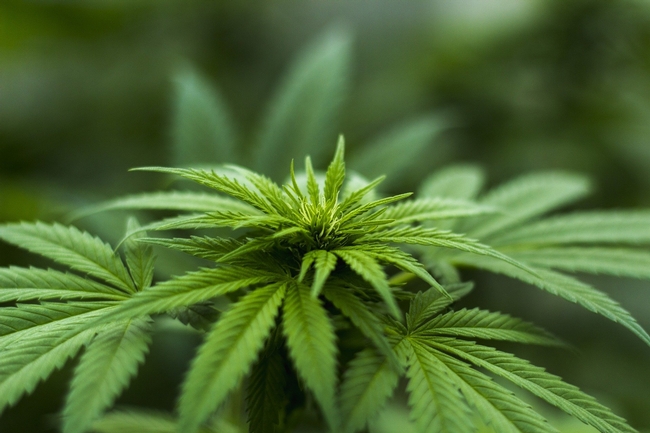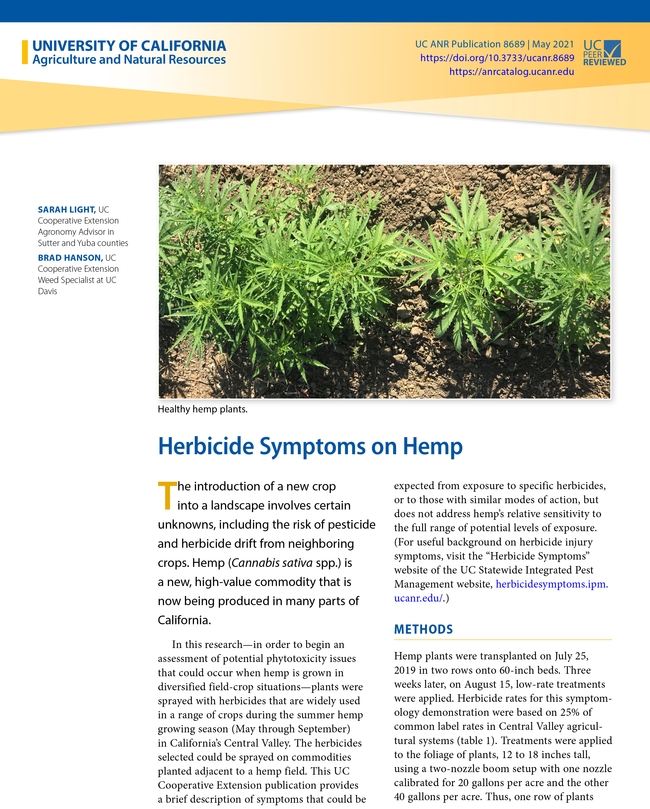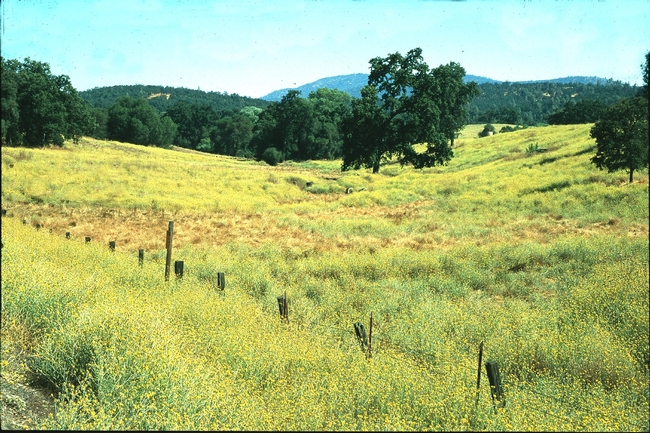
Posts Tagged: Brad Hanson
Hanson selected for 2023 WSWS Fellow Award
Dr. Brad Hanson was selected as a Fellow of the Western Society of Weed Science (WSWS) at the 76th annual meeting held February 27-March 3, 2023, in Boise, Idaho. The Fellow Award is the highest honor of the Society and recognizes individuals who have made significant contributions to the Society...
Video based on Al-Khatib, Hanson course wins Gold Award
'Herbicide Injury" tutorial builds on popular website A cartoon character that looks suspiciously like a Department of Plant Sciences professor leads an animated, online tutorial that recently won a 2022 Gold Award from the Association for Communication Excellence. UC Davis weed experts Kassim...
New UC hemp publication shows potential symptoms caused by herbicide drift

The results are available in a free downloadable publication in the UC Agriculture and Natural Resources catalog at https://anrcatalog.ucanr.edu/Details.aspx?itemNo=8689.
Hemp was legalized for production nationwide in the United States under the 2018 Farm Bill. Hemp has many uses – from textiles to food to biofuel – however is most sought-after for the chemical component cannabidiol (CBD), extracted for medicinal use.
Because of hemp's recent entry into the California crop complex, growers are hungry for information that will help them make irrigation, fertilization, pest management and other decisions.
“When they see unexpected damage on the plants, our growers, county agricultural commissioners and pest control advisers need to be able to determine whether a crop might have been subjected to herbicide drift from an adjacent field or orchard,” Light said. “We provided science-based evidence that can help guide their judgement.”
The scientists exposed hemp to low rates of 19 herbicides used in California. The rates and spray coverages are higher than would commonly occur in herbicide drift situations, because the scientists sought to compare typical symptoms from several herbicide modes of action on hemp. The publication contains 25 color photographs demonstrating the notable symptoms of different herbicides. In addition, detailed explanations about the symptoms observed over a two-week period following exposure are provided.
USDA approves release of weevil to control yellow starthistle
The USDA has announced it will allow the release of a weevil (Ceratapion basicorne) in the United States to help control yellow starthistle, an invasive weed found in 40 of the lower 48 states, reported Capital Public Radio. The weevils will initially be released in California.
Ceratapion basicorne is native to Eurasia, the same area where yellow starthistle originated. Yellow starthistle is thought to have been introduced into California from Chile during the Gold Rush. The weed readily took hold in California valleys and foothills, thriving in areas where the soil has been disturbed by animals grazing, road construction and wildland firebreaks. Today, yellow starthistle is a very common sight in vacant lots and fields, along roadsides and trails, in pastures and ranch lands, and in parks, open-space preserves and natural areas.
Capable of growing six feet tall and bearing flowers surrounded by inch-long spines, yellow starthistle reduces land value, prevents access to recreational areas, consumes groundwater and poisons horses.
Brad Hanson, UC Cooperative Extension weed specialist at UC Davis, says yellow starthistle thrives in part because of its prickly spines.
"It's not very palatable to any livestock, especially once it's started to flower . . . . Often times, the other grasses and more palatable plants are grazed and the starthistle persists and is sort of the only thing left,” he said.
Hanson says yellow starthistle can be managed on a small scale with chemicals, but that method just doesn't work with the scale of infestation in the state.
“It's difficult to control economically on the millions and millions of acres of rangelands or non agricultural lands that are sort of minimally managed,” he said.
The USDA's environmental assessment of the weevil found no significant impact of its release, besides helping to control yellow starthistle infestations.
Broomrape eradication is high priority for UC researchers
August 14, 2019 Posted by Ann Filmer Processing tomato growers are struggling to contain a potentially devastating parasitic weed that had not been seen since growers waged a successful eradication campaign four decades ago. Branched broomrape is so destructive in tomatoes that...


